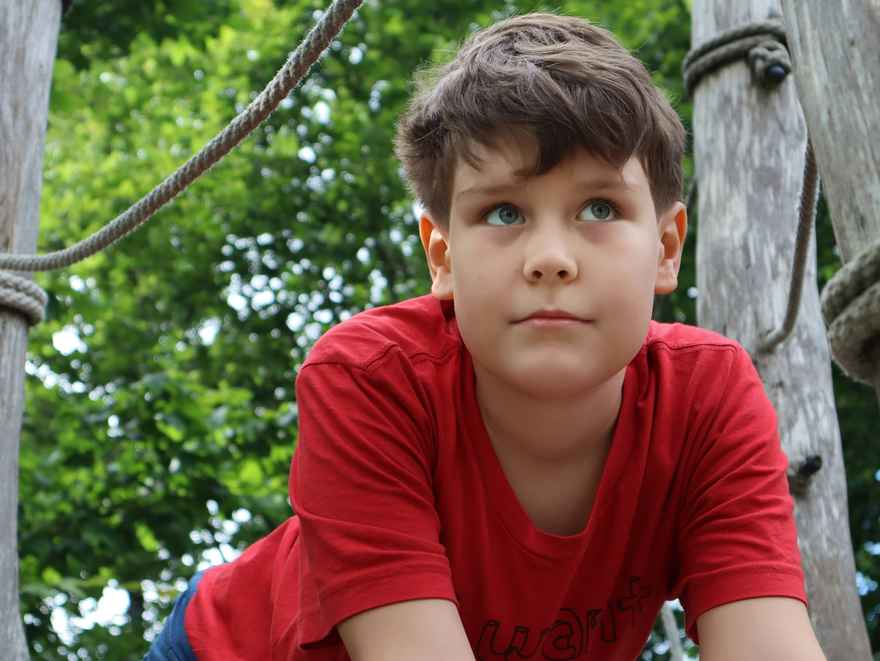Applied Behaviour Analysis Under Fire

Parents of children newly diagnosed with autism understandably want to access the best support to help their child, and Applied Behaviour Analysis (ABA) is often one of the first therapies recommended. Yet ABA therapy is one of the most controversial treatments for autism spectrum differences, and many people are calling for it to be outlawed. If you're wondering what ABA therapy entails or why so many people are against it, read on - hopefully I can shed some light on the subject!
How Applied Behaviour Analysis Works
ABA therapy is a regimented program that focuses on specific behaviours. It’s supporters - and there are many - argue it has been extensively researched and evaluated for over fifty years.
Drawing on the principles of learning theory and behaviour analysis, a child’s behaviours are broken down into small steps, with focus on the antecedent stimuli (what happens before a child shows a particular behaviour) and consequences (what happens after the behaviour). A system of rewards and punishments are used in order to make desired behaviours more common and to extinguish less desired behaviours.
A common criticism of early forms of ABA is that the methodology used punishments that would be considered cruel today, and had minimal focus on rewards. Proponents of “modern” or “new” ABA say they use much less repetition, focus on rewards, use negative reinforcement (eg withholding attention or rewards) rather than punishments, and add creativity so that children don’t mind coming to therapy.
So What is Wrong With Applied Behaviour Analysis?
Applied Behaviour Analysis is controversial and is criticised for rewarding children for compliance. It implies that the communication methods or emotional coping strategies used by autistic children are somehow problematic or bad and need to be changed so they are more like the behaviours of neurotypical children.
Children’s emotional well-being can be overlooked in the process of ABA. They are often encouraged to disregard and override their experience of physical and mental distress to complete a certain behaviour, eg making eye contact even though in sensory overwhelm. Or to quell their body’s desire for movement and expression because hand flapping (stimming) may be embarrassing for those around them.
From a trauma informed perspective, this is problematic. It suggests sensory sensitivities are psychological rather than physiological, and that it is acceptable to allow children to experience pain and discomfort so they can “fit in” with others. It teaches children not to trust their own body’s feedback about what feels safe and unsafe, comfortable and painful.
Children learn they should hide sensory pain, which can lead to a lifetime of learning to mask behaviour, desires, and natural expression. Emerging research suggests this has contributed to a high incidence of Post Traumatic Stress Disorder (PTSD) in autistic adults, with those exposed to ABA 86% more likely to experience PTSD than those who weren’t.
Still unsure? Consider this:
“Interventions that result in years spent trying to force a child to engage in eye contact, condition a child to stop stimming or obey commands such as “hands down,” with no apparent understanding of the function of such behaviors for children with ASD, is undoubtedly abusive and frankly irresponsible when understanding the autistic brain. Research indicates hyperactivity in various areas of the autistic brain which results in overstimulation and can explain a number of symptoms, such as aversive responses to eye-gaze (Dichter, Felder, & Bodfish, 2009; Martineau, Andersson, Barthélémy, Cottier, & Destrieux, 2010; Markram & Markram, 2010). This overstimulation is seen in the over-activation of the amygdala when eye-gaze is held for longer (Dalton et al., 2005; Markram & Markram, 2010). Research also describes the function of stimming in children with ASD similar to that of nail-biting, playing with hair, tapping one’s leg, etc., yet interventions have noted differences in stimming or movement and made arbitrary distinctions between which movements are pathological and which are not (Baron, Groden, & Groden, 2006). Additionally, many stimming movements or behaviors have been shown to be related to stress and anxiety, which can cause unusual sensations and movements to escalate, while others are related to painful sensory hyperactivity (Baron et al., 2006; Brenner, Friedman, & Merritt, 1947). A lifetime of being punished for certain movements, and being forced to engage in eye contact despite the physiological pain and discomfort of doing so, is psychological and physical abuse.“
Sandoval-Norton and Shkedy 2019
So What is the Alternative to ABA?
Neuroaffirming therapies are emerging as a trauma informed, respectful and inclusive way of working with children and their families that focus on understanding individual strengths and abilities. They identify the supports needed to help children feel confident and successful. Sometimes this is exploring the modifications needed to make environments more comfortable. Sometimes it involves support to understand how to “do” friendships and relationships. Sometimes it is about managing big emotions in a way that is individually healthy and takes into account unique neurodiversities.
Conclusion
In the past, ABA has been promoted as an effective treatment for autism and other developmental disabilities. However, as research has evolved and the voices of autistic people themselves are being heard, ABA is increasingly being seen as controversial and abusive. And there are alternatives. If you are unsure what underpins your child's therapy: ask.
- Sandoval-Norton, A. H., Shkedy, G. How much compliance is too much compliance: Is long-term ABA therapy abuse?Cogent Psychology. 2019 6;1


0 comments
Leave a comment
Please log in or register to post a comment